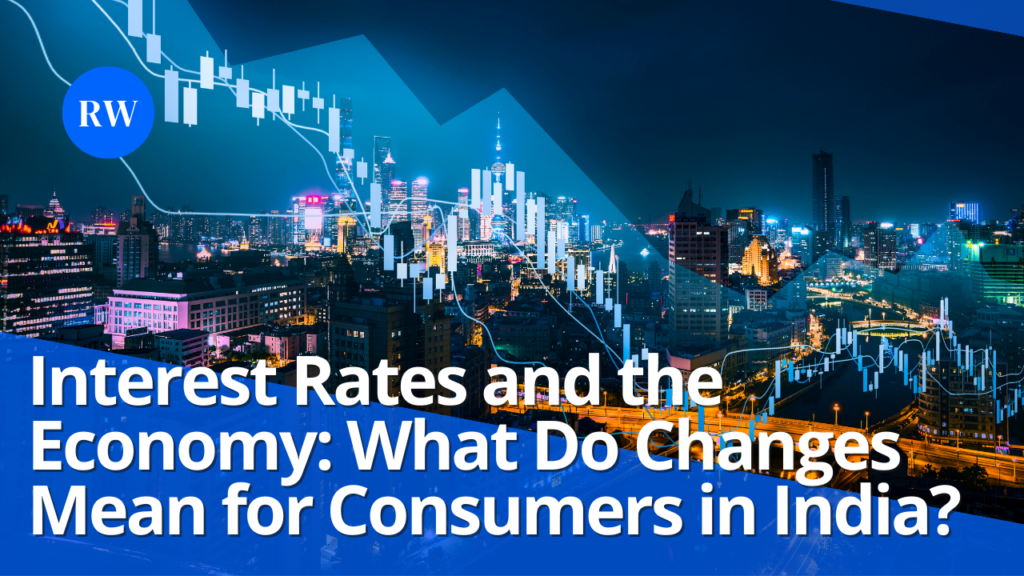Introduction
Interest rates are a critical component of the economic landscape, influencing everything from consumer spending to investment decisions. In India, where the economy is a complex interplay of agriculture, manufacturing, and services, the impact of interest rate changes can be profound. This blog explores how shifts in interest rates affect Indian consumers, offering insights into the broader implications for personal finance and economic well-being.
Understanding Interest Rates in India
The Role of the Reserve Bank of India (RBI):
- The RBI sets the benchmark interest rates, including the repo rate, which is the rate at which commercial banks borrow money from the RBI. These decisions are made to control inflation, manage economic growth, and stabilize the currency.
How Interest Rates Affect the Economy:
- Lower interest rates tend to stimulate economic activity by making borrowing cheaper, encouraging consumers and businesses to spend and invest more.
- Conversely, higher interest rates can slow down economic growth by making borrowing more expensive, which tends to reduce spending and investment.
Impact on Consumers
1. Loans and Mortgages:
- Lower interest rates make loans and mortgages more affordable, encouraging consumers to buy homes or cars, or invest in businesses. This can be a boon for the real estate and automotive sectors.
- Higher interest rates increase the cost of borrowing, making it more challenging for consumers to afford new loans or service existing debt. This can lead to reduced consumer spending in high-ticket items and investments.
2. Savings and Investments:
- Lower interest rates often result in reduced returns on savings accounts and fixed deposits, prompting consumers to look for alternative investment avenues, such as the stock market or real estate, which might offer higher returns.
- Higher interest rates make traditional savings instruments like fixed deposits more attractive due to higher returns, potentially diverting funds away from the stock market.
3. Inflation:
- Interest rates are closely tied to inflation. In a high-inflation environment, the RBI might raise interest rates to cool down the economy. While this can increase the cost of borrowing, it also aims to protect the purchasing power of the rupee.
Real-World Examples
- The RBI’s response to economic slowdowns or booms through adjustments in interest rates has immediate effects on EMIs for homes, cars, and other loans. A recent cut in the repo rate might have prompted a surge in consumer spending, while a hike would signal tightening financial conditions.
Strategies for Consumers
Adapting to Interest Rate Changes:
- Fixed vs. Floating Rate Loans: Understanding the benefits of fixed versus floating rate loans can help consumers make informed decisions, especially in a fluctuating interest rate environment.
- Diversifying Investments: Diversification can help mitigate the impact of interest rate changes, ensuring a balanced portfolio that can withstand economic shifts.
Conclusion
Interest rate changes in India have a broad impact, affecting everything from the cost of borrowing to the attractiveness of various investment options. For consumers, staying informed about these changes and understanding their implications is crucial for making smart financial decisions. As the economic landscape evolves, adapting strategies to navigate interest rate fluctuations will be key to maintaining financial health and achieving long-term economic goals.
In the dynamic economic environment of India, where growth and challenges coexist, understanding the nuances of interest rates and their effects empowers consumers to navigate their financial journeys with confidence, ensuring they are well-placed to capitalize on opportunities and mitigate risks associated with economic fluctuations.



